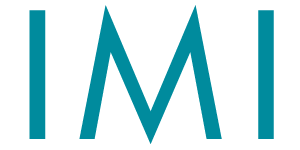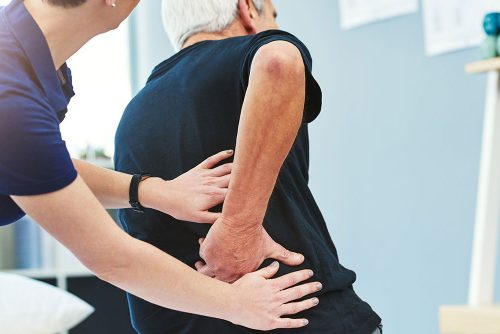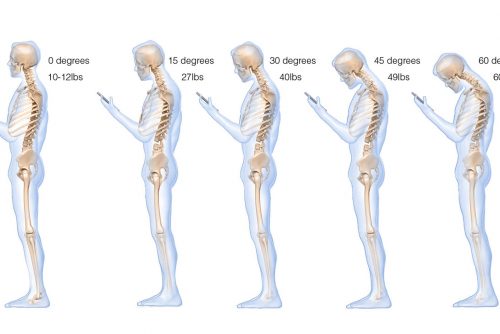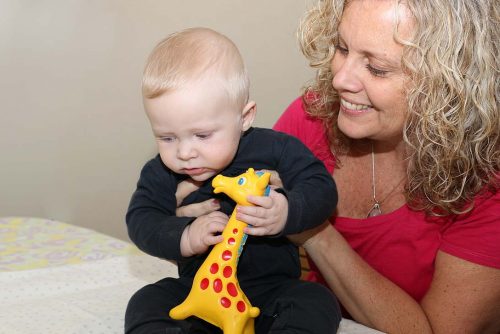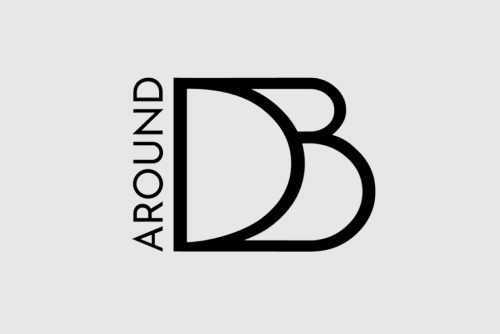Osteopathy & Physiotherapy
Supporting the body’s innate ability to balance, restore, and heal
“We don’t just ask “Where do you hurt?” and treat the painful part; we find and address the root cause for sustainable healing.”
Our bodyworkers have the same goal: to relieve your pain, to fix injuries (past and present) and rebalance your whole system, moving you towards better health.
Osteopathy and physiotherapy share two common philosophies: that the body has an inherent ability to heal itself, and that the musculoskeletal system is integral to our health and wellbeing.
Both disciplines use a similar variety of hands-on techniques and methods to treat muscular, postural, cranial and paediatric conditions. In general, osteopathy tends to work more on the subtler systems of the body, including the organs, soft tissues and cranial sphere, which consists of the skull, nerves and cranial fluid.
The style of osteopaths and physiotherapists can vary widely, with treatment styles overlapping. For example, some osteopaths may use physiotherapeutic techniques like spinal adjustments. We recommend reading our practitioners’ individual biographies; you may also find it beneficial to try both treatments so that you can decide which approach and practitioner is best suited to you.
If you’re looking for a different kind of healing touch, we also offer sports massage (a soft tissue massage) which helps speed up recovery after intense exercise or training, as well as improving emotional wellbeing.
Your first appointment
Our practitioners begin with a comprehensive evaluation to pinpoint any regions of pain and broader problem areas. Their initial assessment will include simple orthopaedic, neurological and vascular tests, to determine the health of your bones, muscles, nervous system and blood vessels, so your practitioner can rule out any conditions which may require immediate medical care.
They will then explain how they are going to help and design a treatment plan specific to your needs, so that you can meet your goals. Over the course of your treatment, they will alleviate any restrictions that impede your natural range of motion, restoring structural integrity and balance in your body.
Osteopathy
“An osteopath is taught that Nature is to be trusted to the end.”
– Andrew Taylor Still MD, DO (founder of osteopathic medicine)
Osteopathy is a form of natural medicine that uses physical manipulation: stretching and massage, joint mobilisation, and soft tissue release, with the aim to increase mobility, relieve muscle tension, enhance blood supply to tissues and help the body to heal.
Many osteopaths train to doctorate level and focus on how the skeleton, joints, muscles, nerves, circulation, connective tissue, and internal organs function together in an integrated way.
Osteopathy can alleviate a whole host of health conditions through all stages of life: pre-natal, pregnancy, infancy, childhood, adolescence, right through to old age. Because it is safe and gentle, osteopathy is ideal for treating newborns and babies.
There is often a misconception that osteopathy is limited to treating muscular-skeletal pain. While it is extremely effective in helping the body recover quickly, and preventing future reinjury, an osteopath can treat much more, including:
- musculoskeletal symptoms including neck, back, shoulder and jaw pain.
- injuries, both past and present.
- headaches and migraines.
- joint pain and stiffness.
- hormonal imbalances.
- circulatory problems, or simply improving circulation.
- immune health.
- stress, sleep issues, anxiety and other mental health conditions.
- gynaecological issues including menstrual discomfort, pregnancy, birth and recovery from C-section.
- babies and infants (e.g. breast-feeding issues, excessive crying, flat head, colic, ear problems, teething, sinus problems).
- digestive issues (e.g. reflux, constipation) in babies, children and adults.
- growing pains - especially in children and teens.
Cranial osteopathy is a subtle form which works with the cranial system. Practitioners work with your skull and spine to assess and soothe the rhythm of your cranial system, which resounds throughout all tissues in your body.
Our cranial rhythm is affected by stress, illness and other forms of bodily or emotional strain. During a session, our practitioners will apply gentle pressure to your skull and spine, in order to soothe your nerves and provide deep relaxation.
By encouraging flow of cerebral spinal fluid, and working with the delicate area of the upper spine, the pathways for your senses (hearing, sight, smell etc) are opened, allowing for physical and energetic balance, making it an ideal treatment for people who feel tension in the face and neck.
Craniosacral therapy stems from, and is adjacent to cranial osteopathy. It uses subtle techniques to release blockages that affect the endocrine system (the glands in your body that make hormones). It is inherently relaxing and releases tension in the nervous system, making it particularly useful for anyone someone suffering with sleep disorder, anxiety or low mood.
Cranial osteopaths and craniosacral therapists use a highly developed sense of touch to feel subtle changes of tension and tissue quality, diagnosing areas of strain in order to restore balance.
During your first consultation, your osteopath will explore, assess, and begin to tackle any issues you want to work on.
The follow-up consultation lasts between 40 minutes to an hour, during which we will continue to build on the previous therapeutic work, and as progress is made the sessions will become shorter.
Problem areas will become recovering areas and the focus will be on deeper, more subtle healing, restoring balance in the system, maintaining progress, and establishing good practise.
The approach is similar for children and can be adapted to their needs. Young children are treated in a relaxed environment whilst sitting down or playing with toys. The follow-up treatment will be the same in nature but would be slightly shorter.
Physiotherapy
Restoring movement after injury or illness
Physiotherapy supports rehabilitation post illness or injury, for faster recovery, and reduced risk of re-injury.
Empowering you is central; using education and lifestyle changes for long-term benefits post-treatment.
Physiotherapy provides support for a range of issues; acute pain post-injury; chronic respiratory disorders; holistic treatment for autoimmune conditions.
As well as manual therapy, our physiotherapists use tailored exercises to restore your mobility, strengthen weak areas and improve your balance and co-ordination.
They focus on education, advice and achievable lifestyle changes to support your recovery, even after treatment has ended.
Physiotherapy is a holistic approach that actively involves you in your recovery. This ensures that when treatment ends, you feel confident knowing how to look after your body.
Active participation means physiotherapy is useful for supporting independence, no matter your health status, age or ability.
It’s worth checking if your insurance covers you for physiotherapy. Your practitioner can detail any treatments so that you can check.
Sports massage
“Nothing is so healing as the human touch.”
– Bobby Fischer
Sports massage is a soft tissue massage which helps release tension, for better performance during training, and improved emotional wellbeing. It helps increase blood flow and oxygen supply to muscles and tissues, reducing pain for a speedy recovery post-workout or after injuring yourself.
This therapy also helps alleviate stress while improving quality of sleep, relaxation and mental clarity. Sports massage can help a wide range of people, from athletes of all levels, gym-goers, or anyone with stress, including parents and those working within the corporate world.
During your first appointment, your sports massage therapist will talk through your goals for treatment, any areas of your body which are causing you pain and your preference for pressure.
Your massage therapist will work to relieve tension in your muscles, in order to support recovery, alleviate pain and improve blood flow to your tissues.
30 and 60 minute sessions are available, and suitable for teens, adults and the elderly.
What’s next?
Bring your body back into balance with our osteopaths and physiotherapist.
Simply call +852 2523 7121 or complete your request below, and we'll be in touch shortly to confirm your appointment.
Related articles and further information
How Osteopathy overcame one man’s battle with anxiety
How a man overcame his battle with anxiety and cardiovascular issues through osteopathy and kinesiology.
Are smartphones ruining your posture?
How many hours do you think you spend hunched over your smartphone? The answer is probably too many. Waiting for a bus? Friend a bit late? It’s all too easy to...
Natural therapies in Osteopathy for pregnant mums and newborn babies
By Nathalie Tellier, Osteopath Osteopathy is a holistic, gentle manual therapy that aims to restore your health and vitality. Tensions or restrictions in the body can impede on the proper...
Holistic healing – an article featured in Around DB
IMI Osteopath shares how osteopathy eliminates the root cause of your pain and treats the whole body. Muscle, joint, back and knee pain. Reduce inflammation.
